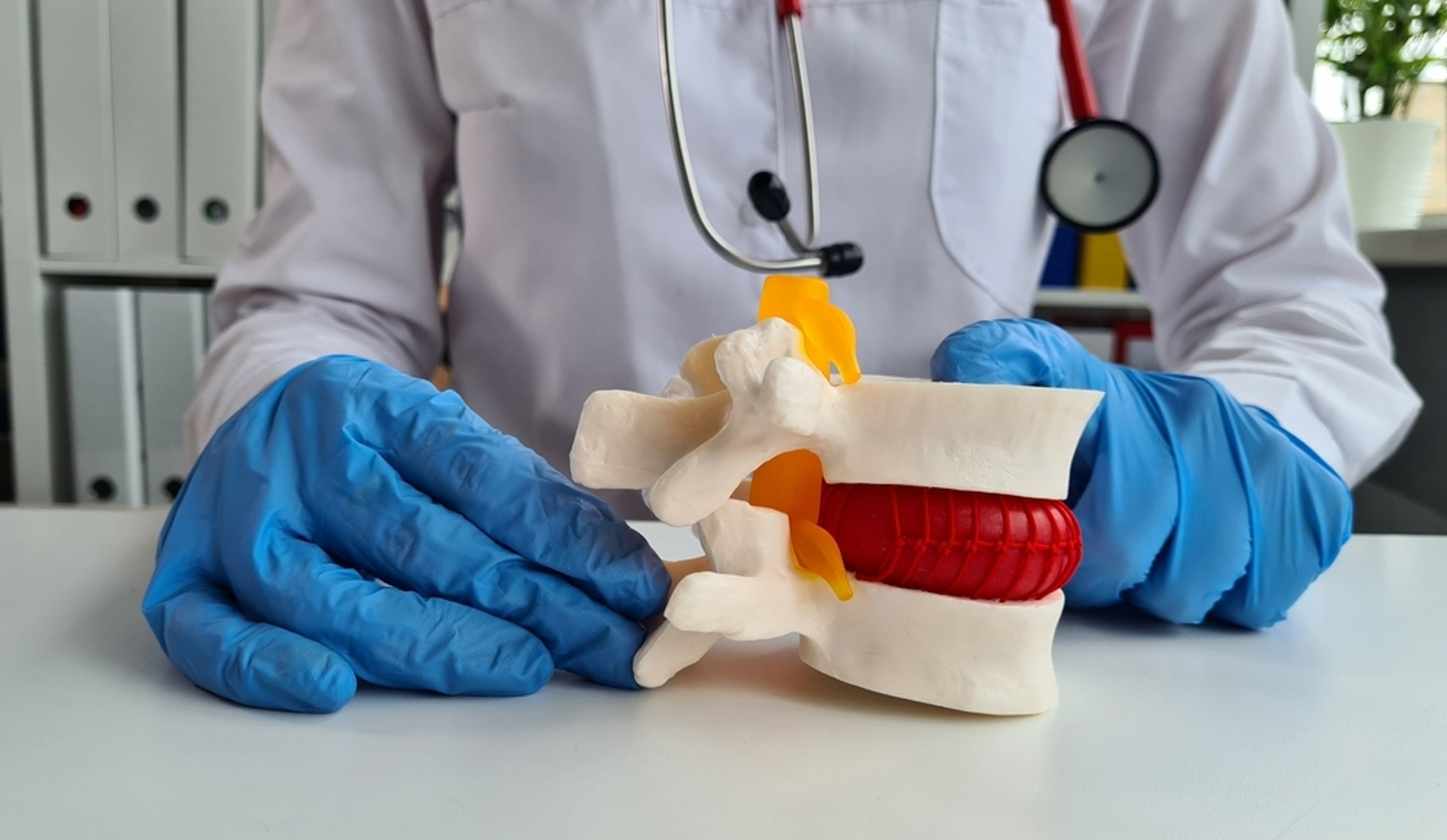Lumbar canal stenosis, also called spinal stenosis, is a health problem that happens when the space inside the lower back's spinal canal gets smaller. The spinal canal holds the spinal cord and nerves. When it becomes too narrow, it can squeeze these structures and cause various symptoms.
Symptoms:
Leg pain (sciatica): Nerves in the spinal canal getting compressed can cause sudden, sharp pain, tingling, or numbness that goes down the buttocks and into one or both legs. This pain usually follows the path of the affected nerve and can get worse with certain movements or positions.
Weakness and numbness: When the spinal cord and nerves are under pressure, it can make the legs feel weak or numb.
Difficulty walking: As the condition gets worse, patients might find it hard to walk for long periods, and they may have leg pain that gets better when they lean forward or sit down.
Bowel and bladder problems: In severe cases, lumbar canal stenosis can affect the nerves that control the bowel and bladder, causing problems like incontinence or trouble controlling bowel movements or urination.
Causes:
Age-related changes: As people get older, the structures in their spine may start to wear down and degenerate. This can include the growth of bone spurs, thickened ligaments, and herniated discs. These changes can make the spinal canal narrower.
Arthritis: Conditions like osteoarthritis or rheumatoid arthritis can affect the joints in the spine and cause inflammation, which can also narrow the spinal canal.
Congenital factors: Some people may be born with a naturally narrower spinal canal, which can increase their chances of developing stenosis later in life.
Trauma: Injuries or accidents that harm the spine can cause dislocations or fractures that lead to narrowing of the spinal canal.
Tumors: Abnormal growths inside or close to the spinal canal can take up space and cause stenosis.
Lumbar Canal Stenosis is a problem that happens in the lower part of the back. It occurs when the space inside the backbone gets smaller, putting pressure on the nerves and spinal cord. This can lead to pain, weakness, and tingling sensations in the legs, making it hard for people to do their daily activities.
The good news is that physiotherapy can be very helpful in managing and recovering from Lumbar Canal Stenosis. At Physionic Clinic, we provide physiotherapy programs that are specially made for people in Nanded and Aurangabad. These programs are designed to reduce symptoms, improve movement, and make life better for those affected. We work closely with individuals to meet their unique needs and help them feel better and move better.
Comprehensive Assessment: When you come to Physionic Clinic, our experienced physiotherapists will carefully check how Lumbar Canal Stenosis affects your daily life. They will do different tests like checking how well you can move, how you walk, and how your nerves are doing. This helps us make a personalized plan just for you.
Pain Management: Pain is a common problem with Lumbar Canal Stenosis. Our physiotherapy focuses on ways to reduce the pain. We use methods like hot or cold therapy, ultrasound, and electrical stimulation, which can help ease the pain and promote healing.
Strengthening Exercises: We will guide you through exercises that make your back muscles stronger. This provides support and stability to the affected area. These exercises help to ease the pressure on your nerves and make it easier to move.
Stretching and Flexibility: Doing stretching exercises can improve flexibility and reduce tension in your muscles. This can help take some pressure off your lower back, giving relief from Lumbar Canal Stenosis symptoms.
Manual Therapy: Our skilled physiotherapists use hands-on techniques to reduce pain and improve the way your joints move. This can help your body heal naturally.
Posture Correction: Having good posture is important for Lumbar Canal Stenosis. We will work with you to improve your posture during everyday activities, which will help your spine stay healthy and lower the chance of more problems.
Education and Home Exercise Program: We want you to understand your condition and how to take care of yourself. Our physiotherapists will teach you about your condition and how to move your body properly. They will also create a program of exercises for you to do at home, so you can keep getting better even when you are not at the clinic.

